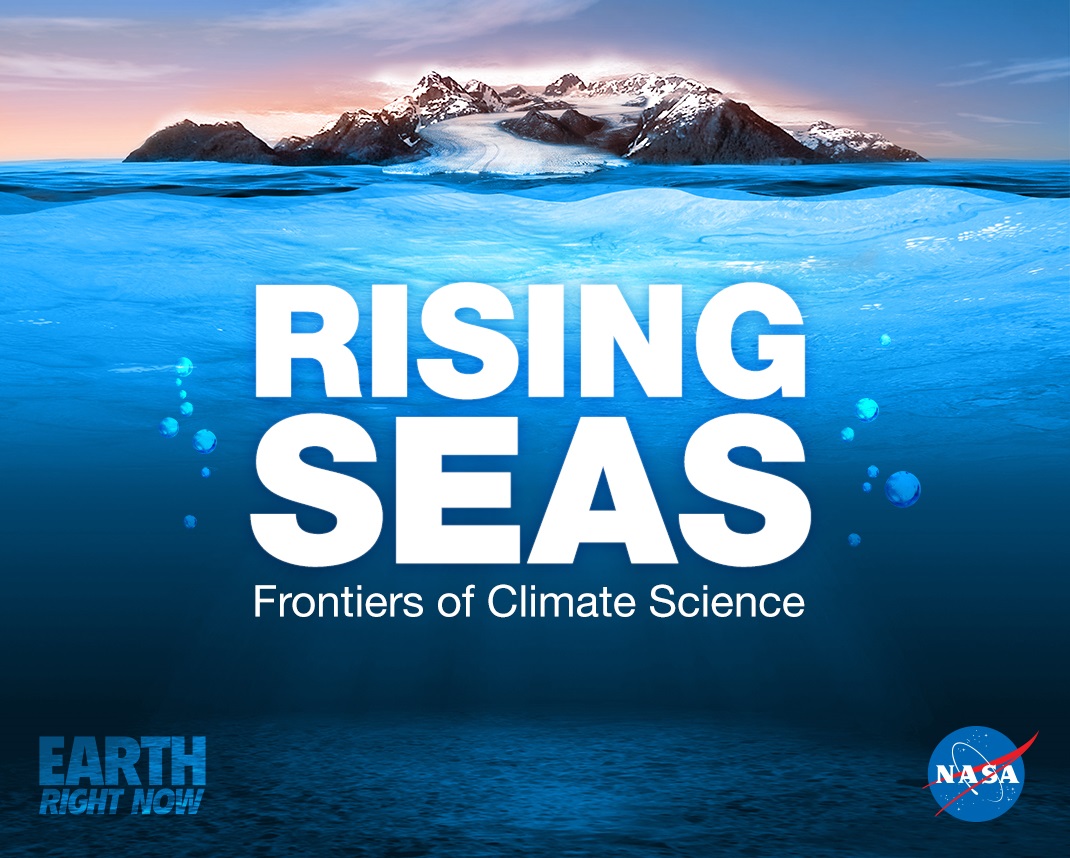 Glacial Rebound: The Not So Solid Earth
Glacial Rebound: The Not So Solid Earth
nasa.gov - August 26, 2015
When you fill a sink, the water rises at the same rate to the same height in every corner. That's not the way it works with our rising seas.
According to the 23-year record of satellite data from NASA and its partners, the sea level is rising a few millimeters a year -- a fraction of an inch. If you live on the U.S. East Coast, though, your sea level is rising two or three times faster than average. If you live in Scandinavia, it's falling. Residents of China's Yellow River delta are swamped by sea level rise of more than nine inches (25 centimeters) a year.
These regional differences in sea level change will become even more apparent in the future, as ice sheets melt. For instance, when the Amundsen Sea sector of the West Antarctic Ice Sheet is totally gone, the average global sea level will rise four feet. But the East Coast of the United States will see an additional 14 to 15 inches above that average.
(READ COMPLETE ARTICLE)
Recent Comments